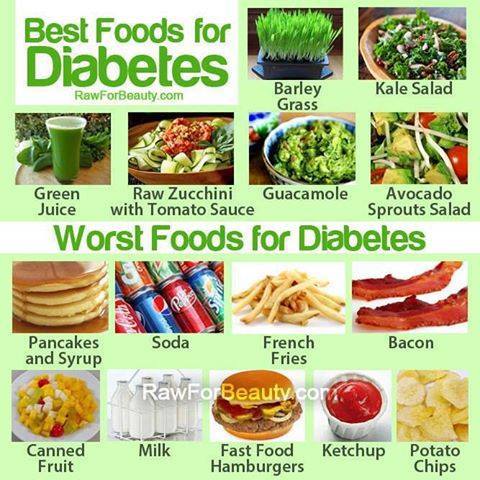As of now, diabetes affects a lot of people between the ages of 40- 60 years old. It is a chronic disease because it has no cure; this means that once you have been diagnosed with having diabetes mellitus it will stay with you for the rest of your life. There is no cause for alarm since the treatment of diabetes mellitus starts with a fair amount of lifestyle changes; this means that you could still live life to its fullest.
The treatment of diabetes mellitus is largely affected by the nature of the disease and to treat diabetes mellitus it is necessary for one to learn about the disease. There are two forms of diabetes namely DM type I and DM type II. The only main difference between the two is that in DM type I your pancreas is incapable of producing your insulin, the hormone that lowers your blood glucose. In DM type II your pancreas is able to produce some insulin but your body may poorly utilize the insulin.
The treatment of diabetes mellitus is basically aimed at preventing further complications to the body. Since you’ll be living with the disease for the rest of your life it will be a good idea to change some aspects of your lifestyle. A good way to start is by limiting your sugar intake; this is applied to all forms of diabetes. This doesn’t mean you simply avoid putting sugar in your tea and avoid eating chocolates, because there are a lot of other sources of glucose that could cause high blood glucose levels. There are foods natural or artificial that when digested really causes an increase in your blood glucose. Good examples of a food with naturally high sugar content are grapes. That’s why grapes are chosen as the main ingredient for the production of wine, it is due to their naturally high sugar contents that they easily ferment. Good examples of an artificial food with high sugar content is bread, even though they don’t taste sweet bread is basically carbohydrates and the end product of carbohydrate metabolism is glucose.
The most effective treatment of diabetes mellitus is with the use of insulin. This especially applies to those with DM type I due to the nature of this form of the disease. In DM type II oral hypoglycemics could be used to stimulate production of insulin from the beat cells of the pancreas. The primary reason why DM type II could still be treated with oral hypoglycemics and that DM type I couldn’t is because in DM type I there are no more beta cells to stimulate.
Another proven treatment of diabetes mellitus, this time for DM type II is daily exercise and reduction of fat intake. It has been shown that exercise improves the body’s utilization of insulin while reduction of fat intake reduces the risk for heart complications. Since heart diseases are closely associated with diabetes it would also be a good idea to stop smoking if you’re a smoker because smoking not only increases your risk for heart diseases it may also increase your risk for cancer.
